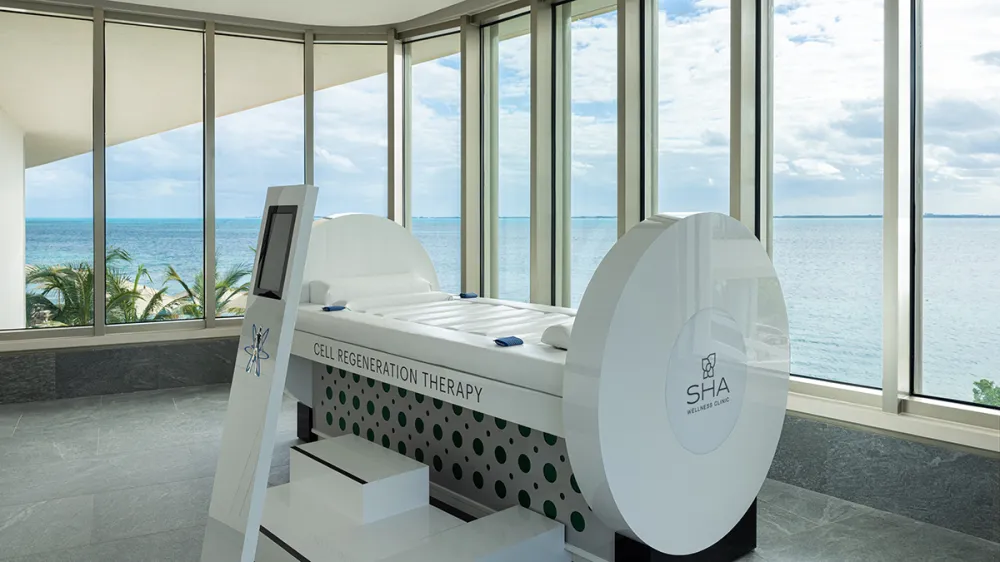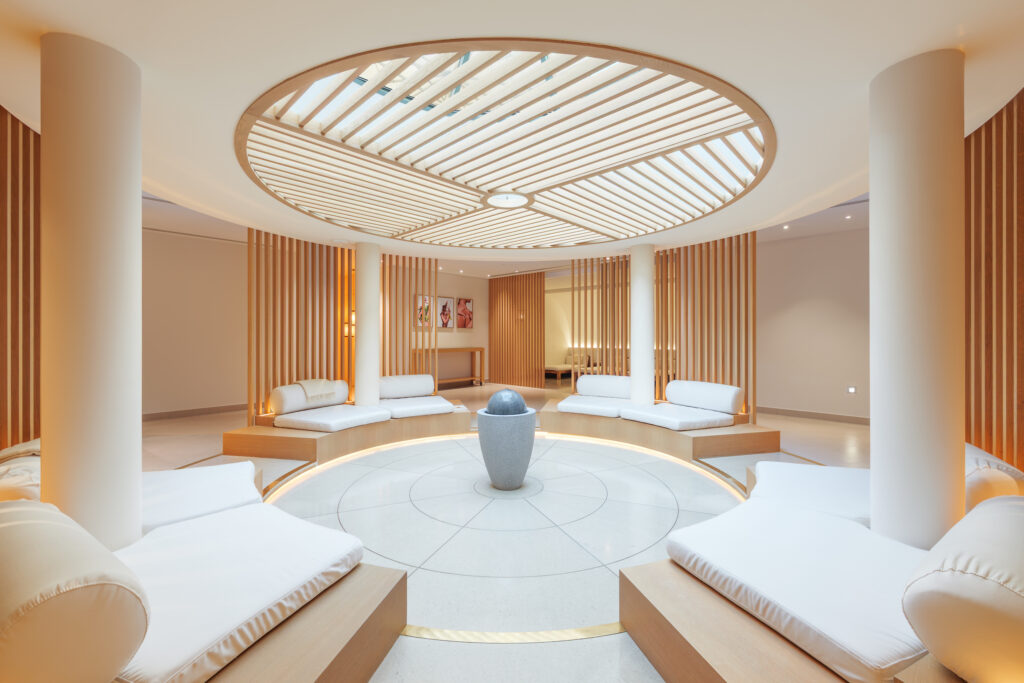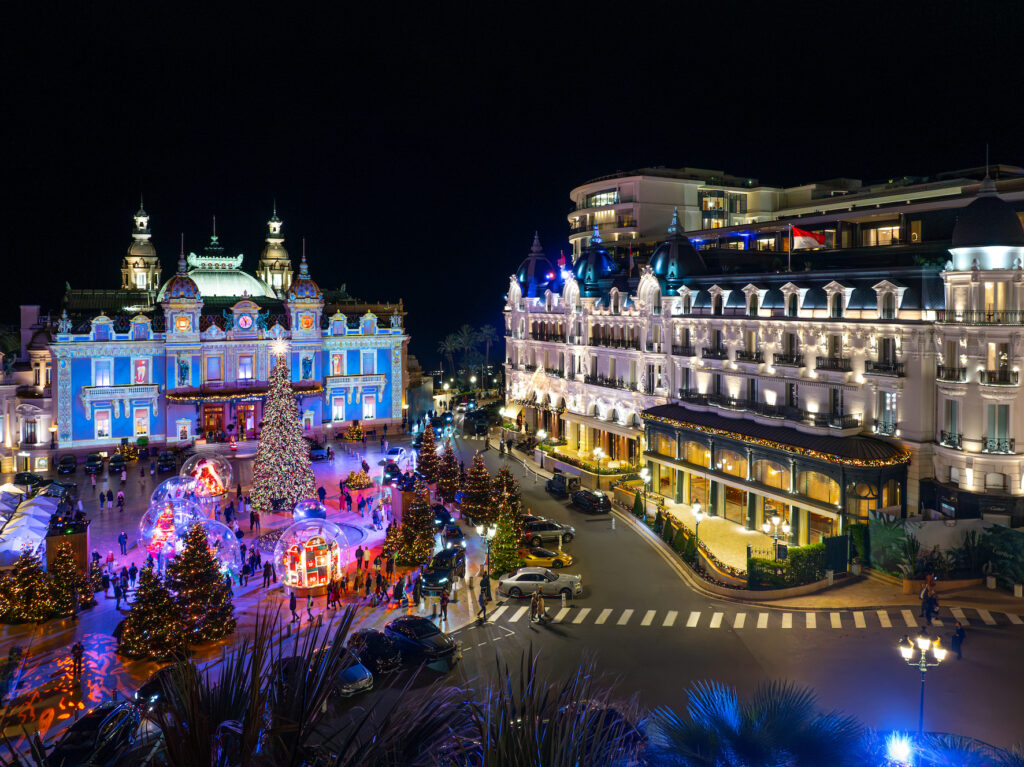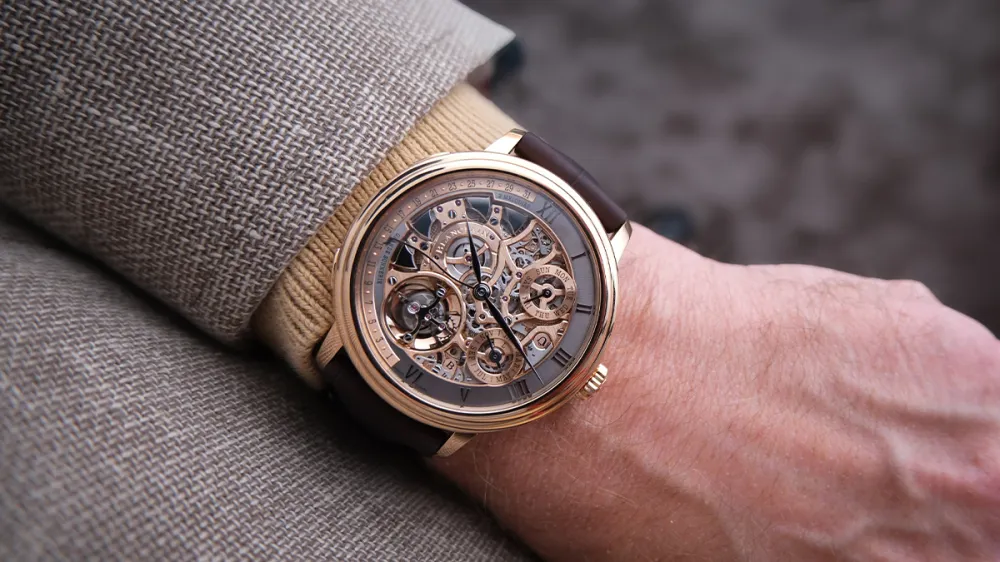Resorts are spending fortunes turning spas into life-extension laboratories. Are longer guest stays the big pay-off?
If you haven’t been offered stem cell treatments, exosomes, a hyperbaric chamber session, and ozone therapy you’re in the out-crowd. Supposedly life-extending “longevity” treatments are becoming as routine as Swedish massages at the world’s best resorts—a trend putting immense pressure on hotel chains and destinations.
Unlike a typical spa treatment—where the overhead is little more than labor, a bed and essential oils—longevity programs require millions in medical technology and testing, partnerships with functional doctors, on-staff physicians, technicians, and nutritionists. But the rewards may be just as substantial.
“Longevity programming has got to be the biggest trend in the wellness world,” says Beth McGroarty, vice president of research for the Global Wellness Institute. “Today’s wellness traveler wants to go deeper and stay longer.”
Chiva-Som Hua Hin, Six Senses Rosebar, and 1 Hotels have all added longevity treatments or programs at their resorts since the pandemic. The Four Seasons Maui Wailea is now offering a $44,000 Longevity Protocol that includes four days of IV stem cells, exosomes and ozone therapy, a program it hopes to duplicate in other Four Seasons locations across the U.S.
Earlier this year, the renowned healing hub Clinique La Prairie opened its first resort outside of Switzerland in Anji China. It has 50 smaller longevity hubs planned around the world (including Dubai, Taipei, Doha, Bangkok and Madrid, and the U.S.), which it plans to open in the next ten years, CEO Simone Gilbertoni told Robb Report.
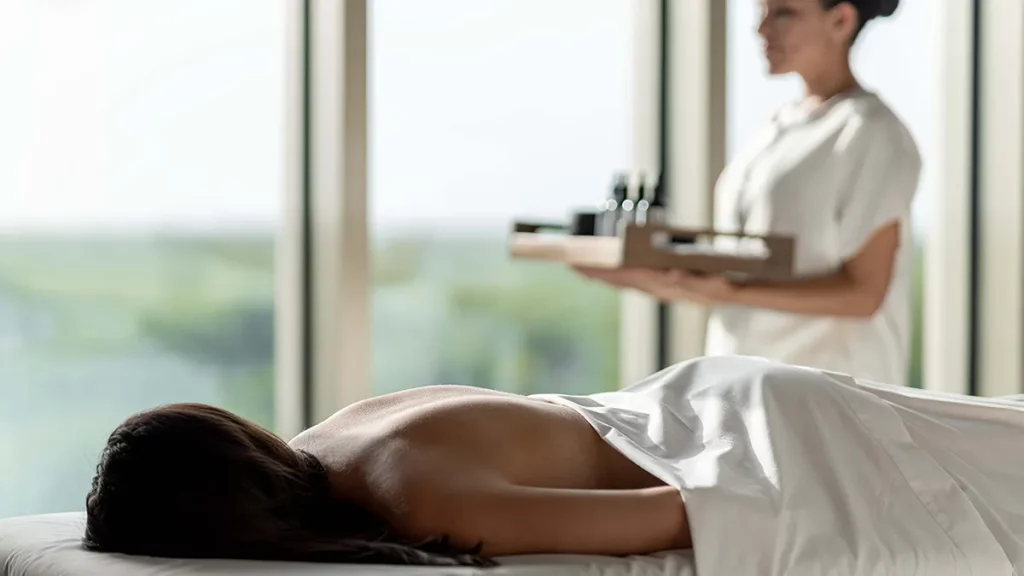
Wellness resort brand Canyon Ranch, which has locations from from Arizona to Massachusetts, is launching its first longevity program this fall, with Dexa body scans, VO2 Max testing, and other sophisticated diagnostics, integrated with its traditional spa offerings. Meanwhile, Sha Wellness Clinics opened its first property outside of Spain in Costa Mujeres, Mexico this year to expand it longevity program. It has another property under construction just outside Dubai slated to open in 2026.
These programs are helping to boost spending on wellness travel to $1 trillion—up from $651 billion just two years ago.
“People are looking at vacation differently now,” says Dr. Darshan Shah, CEO and founder of Next Health. “It’s not just a way to de-stress, but a way to get some of their health back and start to have some new health routines they can continue back at home.”
While most of these regenerative treatments have yet to earn the U.S. Food and Drug Administration approval for anti-aging purposes, both men and women are seeking these services, a rare boost to the largely female spa industry.
Driving this boom are healthcare systems, which often pay little attention to preventative medicine, and a rapidly aging global population. By the end of this decade, the number of people aged 60 and older will grow by 56 percent to 1.4 billion, according to the World Health Organization, eclipsing growth in other age groups. And this generation does not want to age like their parents did.
“Seventy-five percent of our clientele already look pretty fit and healthy,” says Alejandro Battaler, vice president of Sha Wellness, whose father founded the brand in Spain about 15 years ago after a health scare.
The average Sha client, Bataller said, is just 47 years old, and there to work on health goals and strive to “be better” at every age.
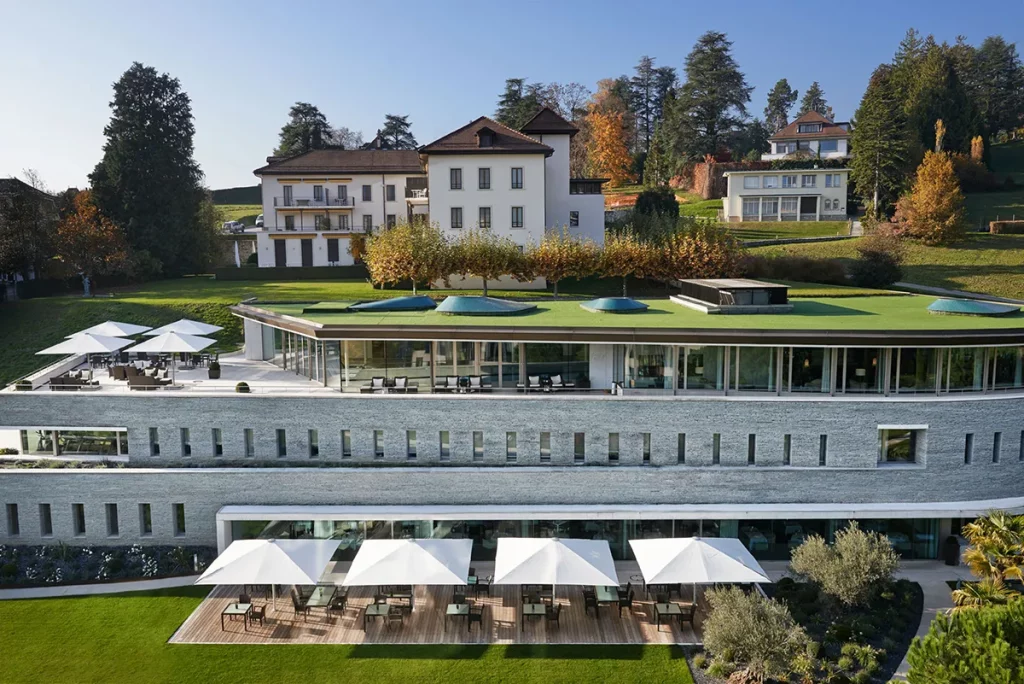
While the beachside settings at Sha are conducive to relaxation, much of the stay is like a glamorous physical—starting with body scans, hormonal, cognitive, epigenetic and microbiome testing, and ending with personalized nutrition, treatments, fitness training, supplements and lifestyle prescriptions based on these results.
But as the number of tests and treatments has grown at Sha, so has the average stay. While some choose to stay weeks or even months, the average program is now 10 days.
“It is difficult,” Bataller said. “We are dealing with people who are used to the best. Not only the best in hospitality, but the top doctors and best technology. They want to eat well, lose weight, improve their performance, brain health and sexual wellbeing, and try stem cells. They want many things to improve at the same time.”
However, advances in diagnostic testing have outpaced the interventions needed to treat all the problems being diagnosed. So while many hope a longevity program will help turn back the clock, realistically what most emerge with, clinic executives say, is more energy, focus, better sleep, and the most customized health prescription they have had to date, as well as an understanding of their risks for chronic disease.
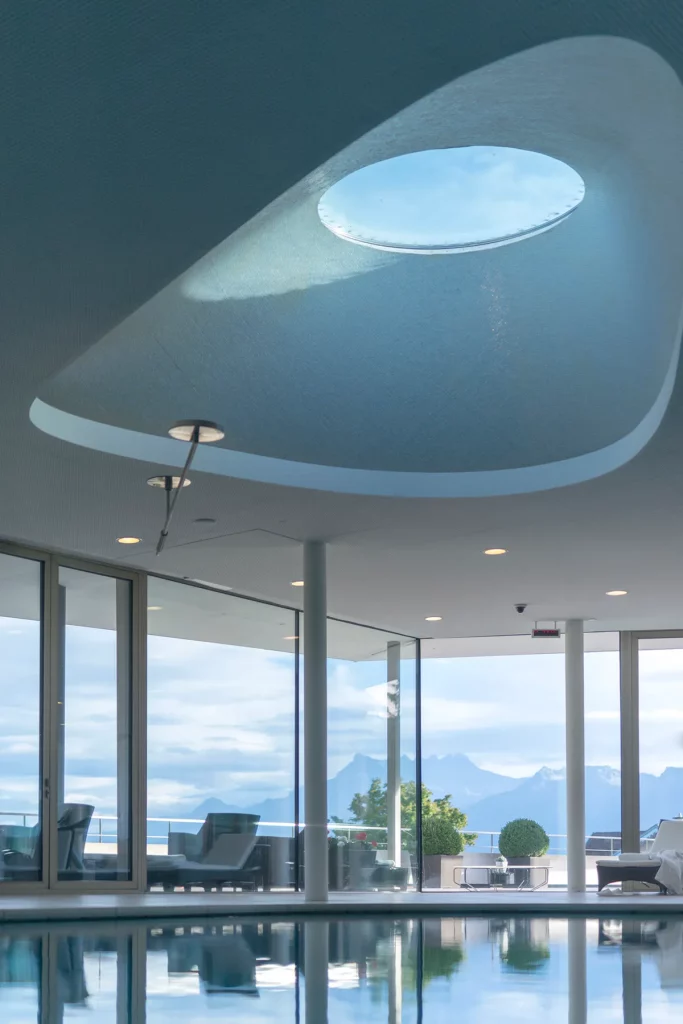
“Even with the ability to assess biomarkers for potential disease, it’s still such an early science, “Gilbertoni said. “We may know what we need to tackle, but only have certain tools to work on it.”
Most of those tools are designed to reduce disease-causing inflammation and to help guests make lifestyle changes early, said Heather Mikesell, former editor in chief of American Spa magazine and founder of wellness site, Well Defined.
“Everyone should have this kind of knowledge at their fingertips before it’s too late to do much about it,” she says.
But the real changes only come after guests check-out, by making their new wellness routines stick—and that is difficult if they are only focusing on prevention a week or two each year. That’s why clinics such as Clinique La Prairie and Next Health are expanding in urban areas where their clients live.
At Next Health’s Los Angeles location in the Shops at Sportsmen’s Lodge, guests of their Maui location can continue with abbreviated interventions such as a weekly hyperbaric chamber session, NAD+ IV drips, or cryotherapy after workouts at the neighboring Equinox.
Clinique La Prairie’s newest centers are popping up within urban resorts such as the St. Regis in Bangkok and the One & Only Za’abeel in Dubai, where infrared therapy, cryo and neural wave stimulation is on offer.
By bringing centers closer to patients, he says, Gilbertoni hopes to get more of those “You changed my life,” moments.
“There has been a lot of innovation in the last five years, “Gilbertoni said. “Now is the right time to be focusing on health span.”

